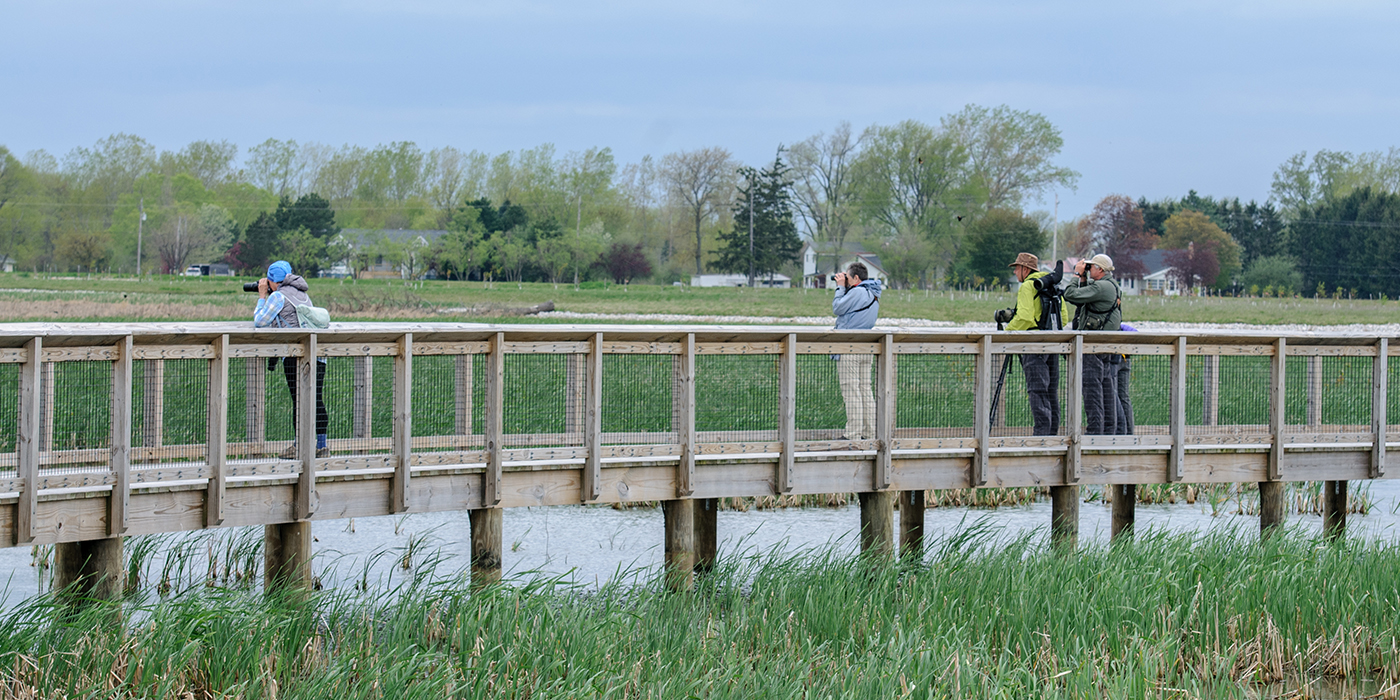
Howard Marsh
-
Park Maps and Trails
-
Park Rentals and Highlights
-
Park Hours & Contact Information
Wetland draws birds and birders near the Lake Erie shore.
Coastal wetlands are critically important to a healthy Lake Erie, and they are imperiled. One of the most ambitious projects in Metroparks history is to restore part of a 1,000-acre wetland near the lakeshore in Jerusalem Township.
Howard Marsh has six miles of water trail for canoeing and kayaking, and five miles of dike-top trails for hiking and bicycling.
Howard Marsh is a birding hotspot, particularly known for waterfowl and shorebirds. Over 230 species – more than half the known species ever recorded in Ohio – have been documented on birding websites, and include many rare and unexpected visitors during migration. Trumpeter swans, a variety of ducks, osprey and an array of songbirds are typical sights, with occasional visits from sandhill cranes, bald eagles and pelicans.
The Metropark, which was previously a working farm, is adjacent to Metzger Marsh Wildlife Area in a region that also includes Maumee Bay State Park, Magee Marsh Wildlife Area and the Ottawa National Wildlife Refuge. Together, these local, state and federal public lands are known for their concentration of songbirds, or warblers, especially during spring migration.
The quarter-mile Madewell Trail extends into a marsh, and two overlooks provide access for fishing and viewing birds. The fishery is still being established, with stocking and fish making their way in from Ward's Canal, which supplies water to the marsh from Lake Erie.
For the paddler, there are two roll-off docks, kayaks available to rent by the hour using smartphone app (Memorial Day weekend through Labor Day) and portages between marsh unit.
A Park in Progress
Howard Marsh Phase 2 Development
Near the Lake Erie shore, Howard Marsh will expand fishing, birding and paddling opportunities in a region of Ohio where outdoor enthusiasts celebrate spring holidays with walleye, warblers and watercraft. The biggest beneficiary of all, however, may be the lake itself.
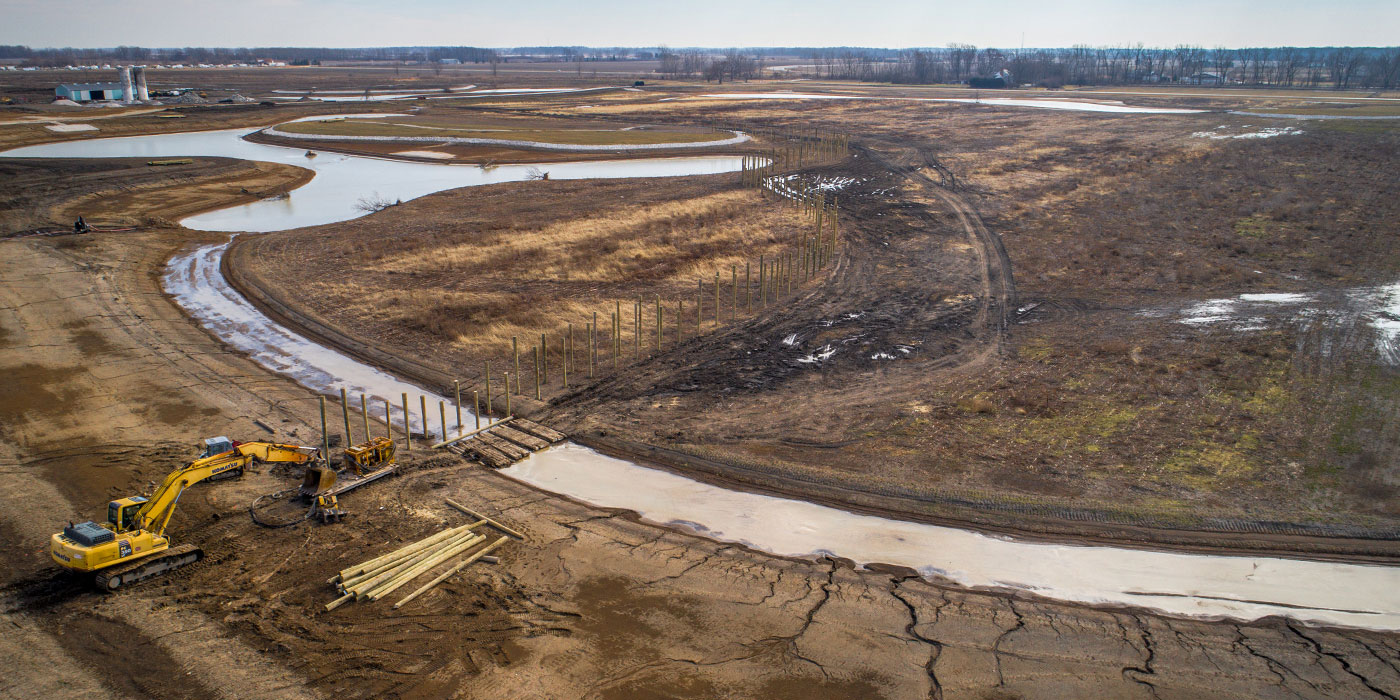
History
The property, known historically as Howard Farms, is the last remaining large tract of land in the Western Lake Erie marsh region. The Ohio Department of Natural Resources Division of Wildlife has been interested in the property for more than 20 years, but was not able to come to terms with the owner. With the help of many partners, Metroparks was able to negotiate a deal in 2008 to secure the property.
Starting with farmland, Metroparks restored most of the 1,000-acre property to a functioning wetland near the Lake Erie shore. As a marsh, it will filter runoff water before it reaches Lake Erie and provide important spawning habitat for fish and stopover habitat for a variety of birds. And it will create additional opportunities for visitors to enjoy the outdoors.
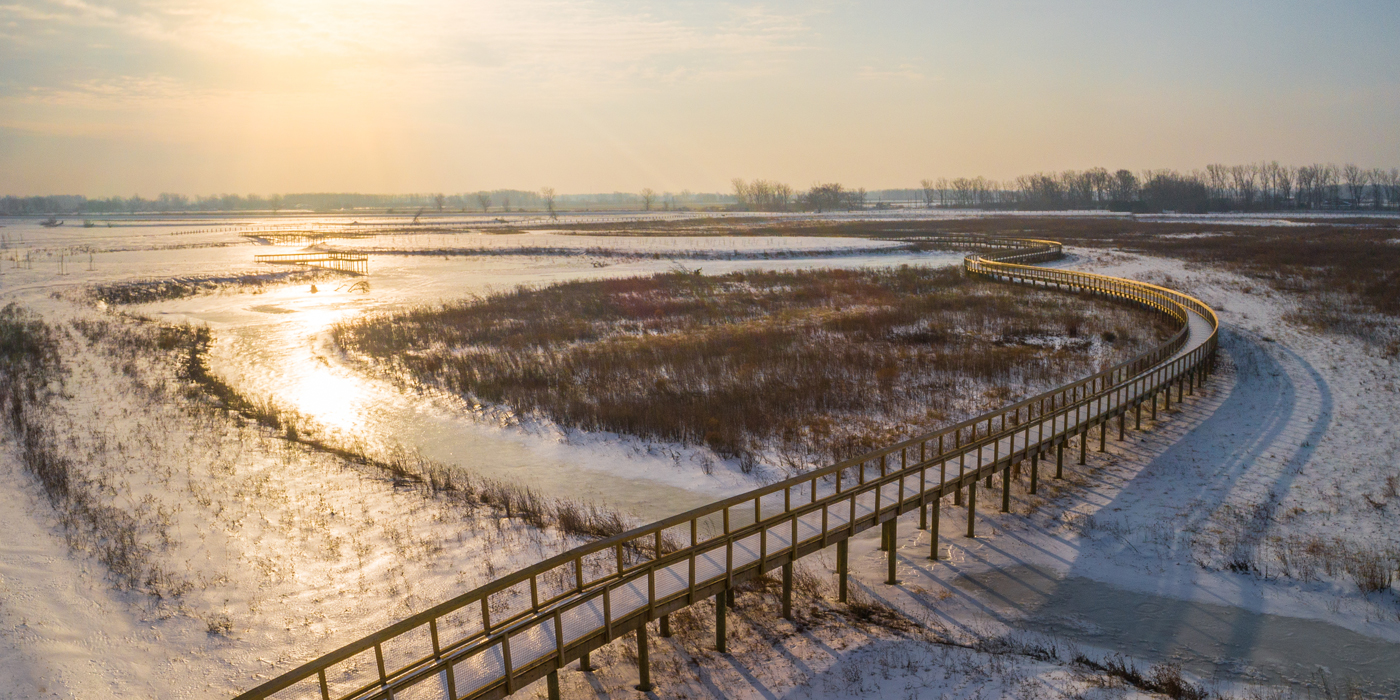
Our Partners
When Metroparks successfully negotiated an agreement in 2008, the Division of Wildlife contributed half of the $6 million purchase price. Metroparks and the Division of Wildlife entered into a management agreement for fishing, hunting, trapping and wildlife recreation and conservation at the marsh. The other half of the purchase price was paid for with a $1.76 million grant from the Clean Ohio Fund Greenspace Conservation Program and $1.24 million from Metroparks.
Converting Howard Farms into Howard Marsh required additional partnerships and funding. Metroparks contracted with Ducks Unlimited, the international wetlands conservation organization, to design the wetland habitat infrastructure, and with SmithGroupJRR, of Ann Arbor, Michigan, to design the public amenities infrastructure.
The Division of Wildlife committed a total of $4 million to help fund the wetland restoration, with Metroparks providing a 25 percent match. The Division’s contribution was reimbursed with dollars from the federal Pittman-Robertson Act, an excise tax on hunting and fishing equipment used to fund habitat restoration.
Ducks Unlimited obtained a $2.8 million grant from the National Oceanic and Atmospheric Administration through the Great Lakes Restoration Initiative to assist with construction.

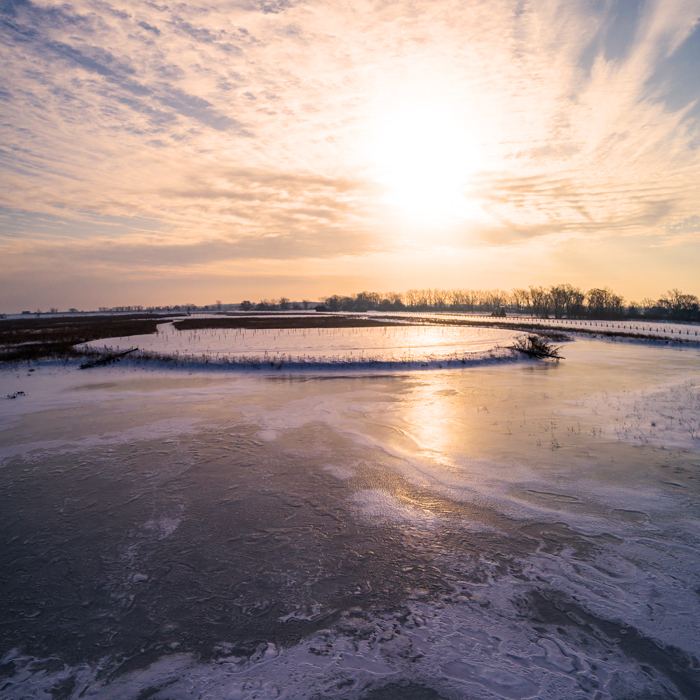
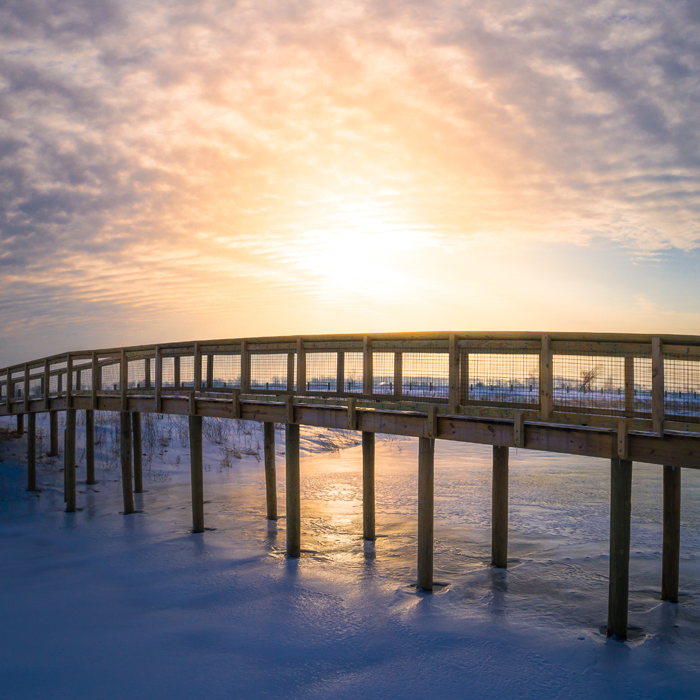
Located In the Birding Capital
Adjacent to Howard Mash is the Metzger Marsh Wildlife area. Just down the road are the Magee Marsh Wildlife Area and the Ottawa National Wildlife Refuge (Ohio’s only federal refuge). Also nearby is Maumee Bay State Park. Combined, these Lake Erie marshlands create a complex of habitat that is critically important because more than half of the endangered and threatened birds in the state require wetlands for part of their life cycle.
Historically, 37 species of warblers and over 300 species of birds have been seen at Magee Marsh Wildlife Area, making it recognized worldwide as a top birding destination for songbird migration. Annually, 70,000 to 80,000 people visit Magee Marsh in the six-week period from mid-April through May during the songbird migration. The Biggest Week in American Birding, a 10-day event based at Maumee Bay State Park sponsored by the Black Swamp Bird Observatory, last year attracted visitors from 47 states and 20 countries!
Marshes are also important breeding grounds for fish in a region that calls itself the Walleye Capital of the World. Walleye fishing on Ohio’s 2.24 million acre share of Lake Erie is a $600 million a year industry.
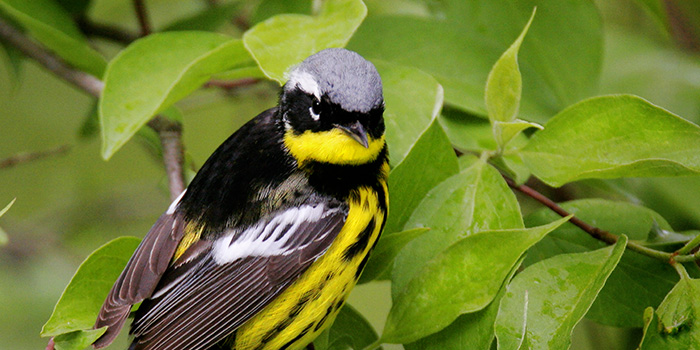
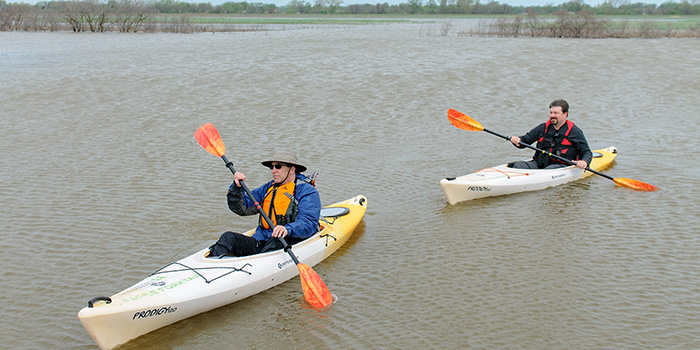
Protecting the Lake
A Natural Filter
While Western Lake Erie is an international destination for birding, fishing and boating, it has also made national news in recent years because of water quality issues. Contributing to the water quality woes is the loss of natural wetlands, which function like kidneys, filtering out excess nutrients, like phosphorus, that cause algal blooms while providing critical fish and wildlife habitat. Wetlands are among the most productive ecosystems on Earth—comparable to rain forests and coral reefs, says the U.S. Environmental Protection Agency. These systems support more than one-third of the threatened and endangered wildlife species in the United States, while providing natural water quality improvements and flood protection.
The Largest Wetland Restoration Project of its Kind
Half of the wetlands in the Great Lakes basin are gone. In western Lake Erie, where just 10 percent of the original 300,000-acres of wetland remain, every acre counts. The largest new wetland restoration project on the Great Lakes, Howard Marsh, takes 1,000 acres near the lakeshore—from a willing landowner out of agricultural production and re-create a marsh wetland as buffer between land and lake.
